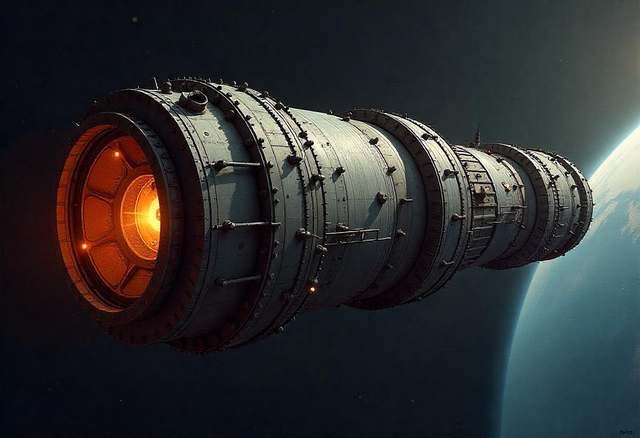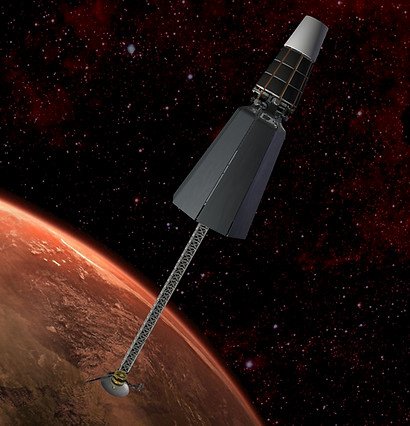The new generation of nuclear space engines.
The new generation of nuclear space engines.

And that story of traveling from Earth and landing on Mars in just 45 days was back in the spotlight, but this time it seems that it can really come true thanks to the new generation of nuclear space engines, the Space Nuclear Powered Corporation also known as SpaceNukes
has just been named as an industrial partner and a program to develop a new space propulsion system based on nuclear fission coupled to electric thrusters capable of reducing the travel time that today would take between 6 and 9 months with conventional technology.
In collaboration with the University of Michigan, the Spar program will oversee the development of a second-generation reactor, designed to operate at higher temperatures and drastically reduce the total mass of the ship. SpaceNukes has already approved its Crusty reactor, a project validated in 2018. Now with the new generation, the company aims to create lighter, more efficient and adaptable reactors for both civil and military missions. Although propulsion is the central focus, integration with advanced AI and automation systems will be essential for the autonomous management of the spacecraft. navigation, maneuvering and crew safety during interplanetary travel.

Souce
The exploration of Mars and beyond will create more missions and projects in all areas, which will be faster, more frequent and safer, and interplanetary colonization will reduce the health risks of astronauts due to prolonged exposure to space radiation.
The images without reference were created with AI
Thank you for visiting my blog. If you like posts about #science, #planet, #politics, #rights #crypto, #traveling and discovering secrets and beauties of the #universe, feel free to Follow me as these are the topics I write about the most. Have a wonderful day and stay on this great platform :) :)
Hello community friends, if you want to hunt monsters and earn Steem try the new game HARRY-RAID

